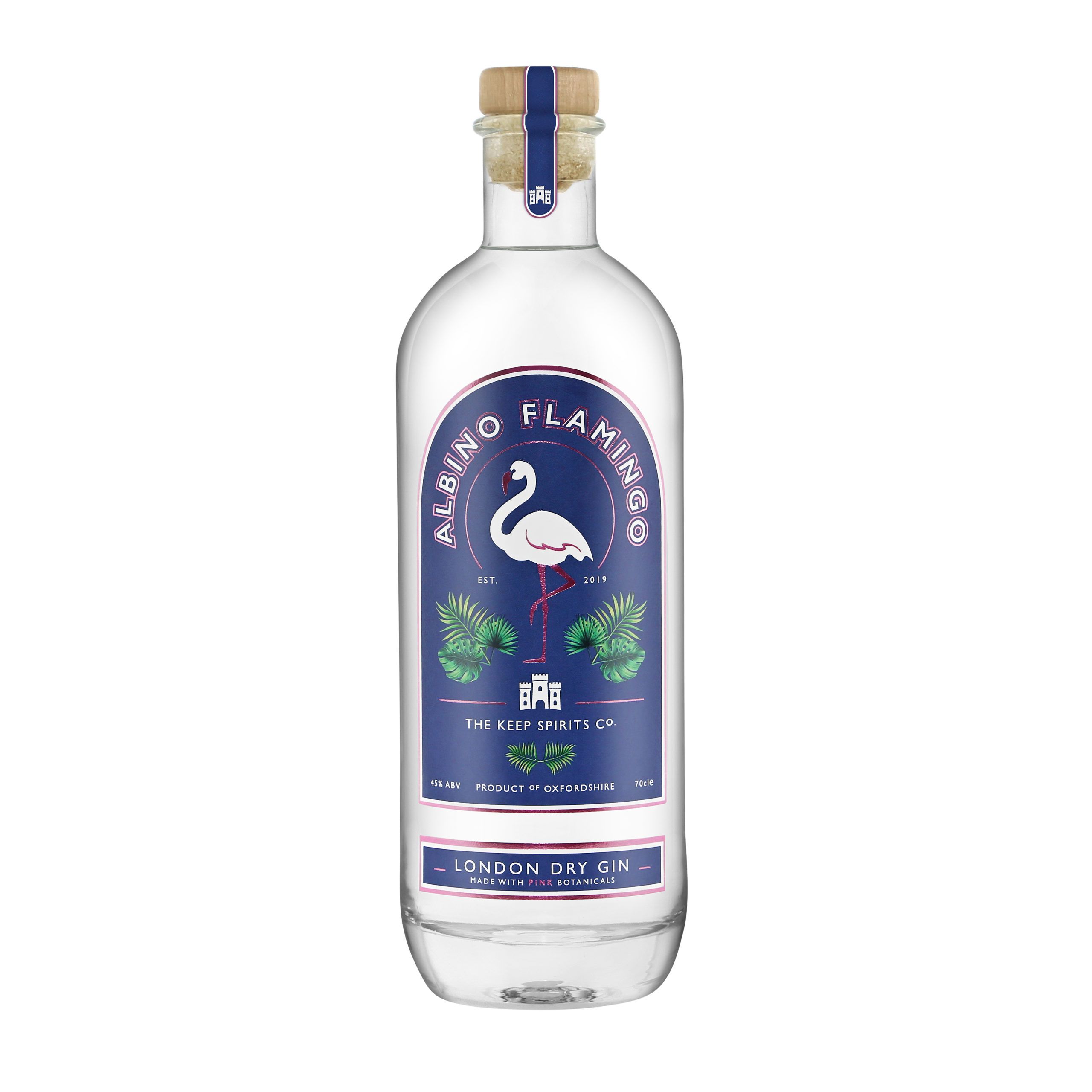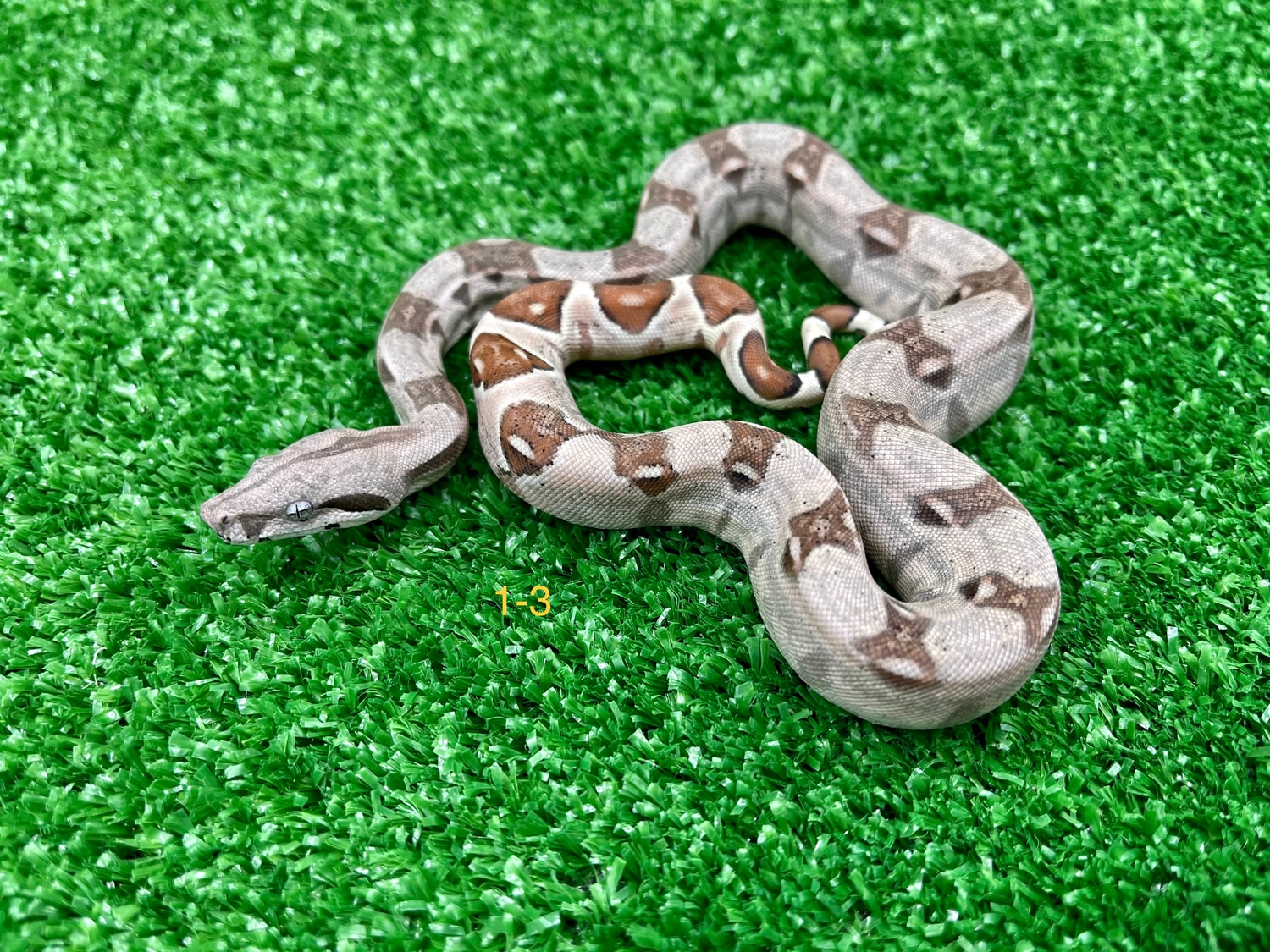

* up to 8 envelopes per voice and layer, 2 types: 5 levels / 5 rates with loop and ADSFR mode * up to 2 filters per voice and layer, each with 4 types of multimode filters, altogether 20 filter modes, saturation control * Oscillator AM and FM and "Pulse Width Modulation" for all (!) waveforms, oscillator sync, filter FM * up to 4 oscillator per voice and layer, various High Quality Oscillator types with countless waveforms * More than more than 2000 Rob Papen presets, integrated sound browser * Modular and extendable design currently with with 4 Oscillator Modules, 4 Filter Modules, 2 Envelope Modules and 12 Effect Modules
#Albino 3 makers Pc
* AU, RTAS and VST plug-in synthesizer for PC and Mac
#Albino 3 makers manual
Test your understanding with the Punnett Square Calculator Problem Set.LinPlug Albino 3 VSTi / RTAS / AU / MAC / OSX / UB + Full Manual Given this complexity, Punnett Squares are not the best method for calculating genotype and phenotype ratios for crosses involving more than one trait.

A third allele for any one of the traits increases the number of genotypes from 81 to 108. A Punnett Square for a tetrahybrid cross contains 256 boxes with 16 phenotypes and 81 genotypes. It is possible to generate Punnett squares for more that two traits, but they are difficult to draw and interpret. In an extreme case when more than two alleles exists for each trait and the parents do not possess same alleles, the total number of genotypes equals the number of boxes in the Punnett Square.

More complicated patterns can be examined. A two trait cross between a heterozygous and a homozygous individual generates four phenotypes, each of which are equally likely to occur. In this case, the alleles contributed by the heterozygous parent drives all of the variability. With no dominant alleles, more phenotypes are possible, and the phenotype probabilities match the genotype probabilities.Ī simpler pattern arises when one of the parents is homozygous for all traits. This pattern only occurs when both traits have a dominant allele.

Assuming that all traits exhibit independent assortment, the number of allele combinations an individual can produce is two raised to the power of the number of traits. Adding more traits increases the size of the Punnett Square. A single trait Punnett Square tracks two alleles for each parent.


 0 kommentar(er)
0 kommentar(er)
